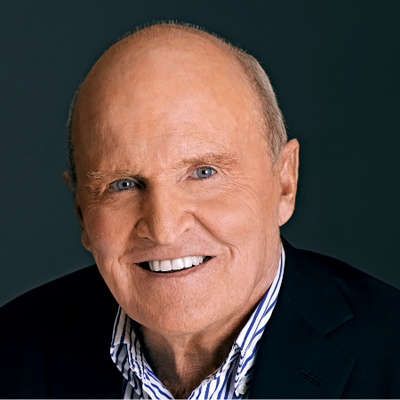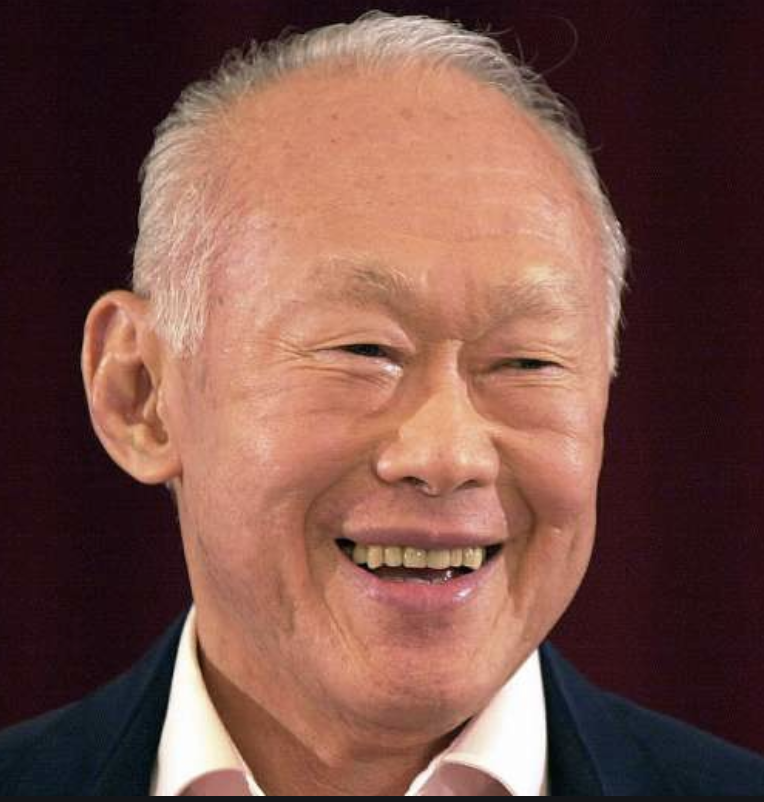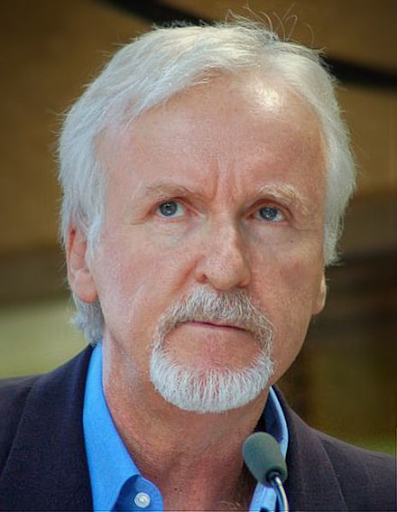
What is Pacesetting Leadership? 4 Real-World Examples
Daniel Goleman is an acclaimed science journalist who popularized the term emotional intelligence in the 90s.
In 2001, he came up with an equally stimulating theory in his book – Primal Leadership that highlighted 6 behavioral leadership styles – Visionary, Coaching, Affiliative, Democratic, Commanding and Pacesetting.

In this post, we’ll focus solely on pacesetting leadership. Why? I simply find it the most astounding of all. Because when it works, it works wonders. When it doesn’t, it causes complete mayhem.
What is pacesetting leadership?
Pacesetting is a style of leadership when a leader leads from the front, constantly sets high standards for their team and expects them to exceed with minimal management. It’s when as a manager you set the cadence for your team and demand high intensity in their performance.
It sounds intense and it really is. Pacesetting leadership has some prerequisites for it to work well –
- A highly skilled team that requires limited management
- A skilled manager who is capable of leading from the front
- A team culture that strives for constant improvement
Even then it’s not sustainable in the long term.
It’s important to note that Goleman’s 6 leadership styles aren’t like the personalities from Myers – Briggs test where you are allocated only one out of 16. A good leader is expected to have shades of all 6 styles and understand when to use which.
If a leader exclusively practices pacesetting leadership long-term, it will undoubtedly result in a team that’s demotivated and burned-out.
So what are some successful examples of pacesetting leadership? Let’s look at 5 personalities from 5 different fields:
Jack Welch – CEO of GE (1981 – 2001) – Business

Widely respected for his success and also equally controversial for his purported lack of empathy, Jack Welch’s contribution in making GE one of the biggest success stories of the 20th century is undeniable.
One of the pioneers of forced ranking, Jack rewarded his top 20% performers highly and let go of the bottom 10%. This created high intensity across the board at GE. He was also a proponent of getting involved in the job of employees who are capable and competent.
When asked when should a manager intervene to help, Jack said:
“Your help matters when you bring unique expertise to a situation, or you can expedite things by dint of your authority, or both.” (source – tlnt.com
During Jack’s tenure, GE’s company value rose 4000%.
Lee Kuan Yew – 1st Prime Minister of Singapore (1959 – 1990) – Politics

Leading the Singapore government for three decades, LKY was credited with turning Singapore from an underdeveloped to one of the richest countries in the world in one generation.
A champion of meritocracy, LKY ensured that Singapore’s civil service attracts and retains superior talent by paying them higher than the private sector. He also invested heavily in education to create a highly-skilled workforce.
In addition to that, a national culture that anyone can rise up the social ranks through hard work and LKY’s own heavy-handed style of management made conditions ripe for pacesetting leadership.
That’s not to say that LKY was without critics. His borderline autocratic behavior and high expectations from bureaucracy attracted criticism from many. However in LKY’s own words –
“I say without the slightest remorse, that we wouldn’t be here, we would not have made economic progress if we had not intervened on very personal matters. We decide what is right. Never mind what people think.” – (source – rightattitudes.com
James Cameron – Filmmaker – Entertainment

One of the most successful filmmakers of all time, James Cameron’s movies have grossed over $6 billion worldwide.
A filmmaker needs to be a successful leader to provide direction to the entire crew. Cameron’s style has shades of pacesetting leadership. It’s something he shared in his Ted talk a few years ago.
After the success of Titanic, Cameron took a hiatus from commercial filmmaking and made a series of documentaries exploring the deep ocean. It’s this experience that taught him the meaning of leadership.
This project was driven by Cameron’s zealot like curiosity. He gathered the best team of researchers to accompany him. There were several challenges along the way. Rather than giving up, he pushed his team to sometimes invent new technologies to continue the mission. (He’ll end up doing this again while making Avatar. James Cameron’s team practically invented several new technologies that are considered the mainstay of modern CGI movies such as performance capture and simul-cam).
In his Ted talk, James Cameron mentions that the most important reward for such leadership style is not just chasing the thrill of the challenge but the mutual respect it creates among team members. This is perhaps one of the most understated rewards of pacesetting leadership.
Virat Kohli – Captain of the Indian Cricket Team – Sports

The position of cricket captain in India is perhaps second only to the Prime Minister in national importance. It’s an extremely stressful job with unreasonable public expectations.
Kohli is not only the #1 ranked batsman in world cricket but his tenure also saw the Indian team become #1 ranked test team in the world. Kohli is an exemplar of pacesetting leadership. Nowhere is this as evident as the fitness revolution he brought in the Indian cricket team.
When he first burst out into the international scene, Kohli was a chubby, slightly above average player. Indian cricket team has always been competitive but it really lagged behind in fitness standards, especially with respect to other teams like South Africa, Australia, and England. After a series of bad performances, Kohli went a rigorous transformation in his fitness and after assuming captaincy expected the same from his teammates. Following the footsteps of his predecessor, he left out some senior players from his squad if he didn’t consider them fit enough. A bold move criticized heavily in the media but eventually turning out to be successful. In a span of two years, the Indian cricket team went through a radical transformation, becoming one of the fittest and best sides in the world.
Wrapping Up
As you can see, pacesetting leadership can work wonders if the right ingredients are in place. Pursue it too aggressively, and you will face the repercussions. Just like what happend with Alexander the Great - after conquering most of the known world, his army revolted and declined to march further.
Know yourself and your team's limits and set the right pace to get things done effeciently.
Lead From the Front With Taskworld
Whether your leadership style is pacesetting, visionary, etc., Taskworld can help you communicate clearly, monitor effectively, and lead your team to success! Talk with one of our sales reps today to see how Taskworld can be tailored to your work needs.





